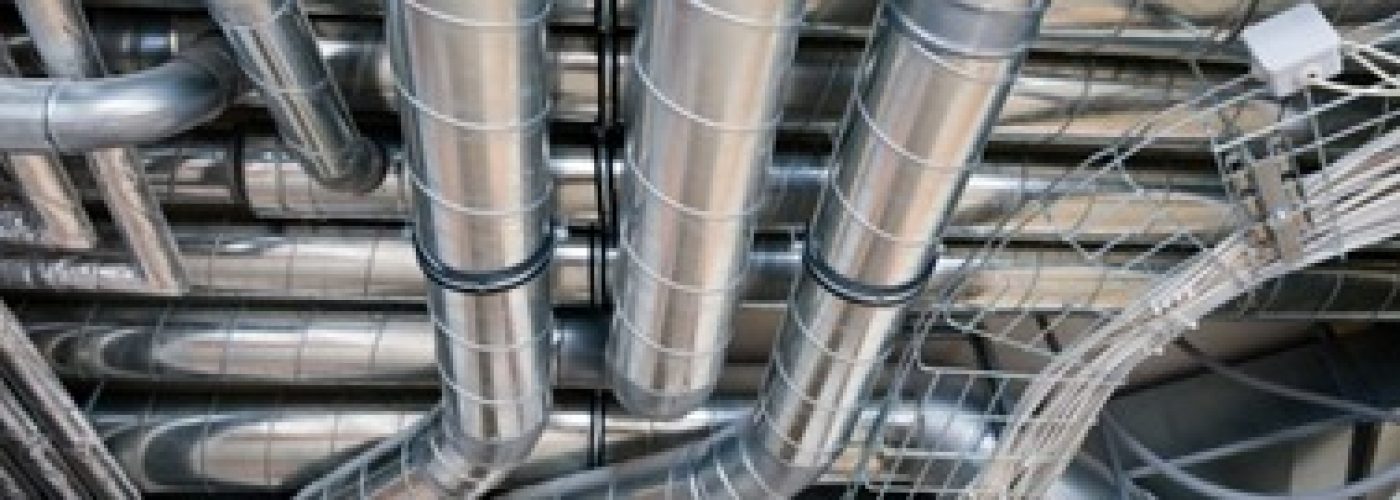Thousands of citizens in the UK die each year due to the prolonged inhalation of dangerous dust as well as fumes. This most often occurs at a workplace where proper control systems are not used. These deaths could be prevented if the employer were to utilise local exhaust ventilation (LEV) systems. A LEV is a specifically designed system that will reduce a worker’s exposure to dust, vapour, fumes, gas, or mist.
Each LEV is unique and designed specifically for the task at hand. For example, a LEV designed to extract sawdust from a circular saw is not going to be the same as a LEV that is designed to extract fumes from a spray gun. In each situation, a LEV system must be designed by an engineer for the particular work environment.
Legal Requirements For A LEV
Employees are now legally required to install LEV systems to protect their workers from potential hazards. Furthermore, the LEV must meet certain quality and safety standards. Legislature requires that each individual LEV system in a business be tested at least once every 14 months. However, there are some cases where the legislature demands testing at different intervals, such as every month or every six months.
Any process where blasting is carried out incidental to the cleaning metal castings will require a LEV inspection once a month. The same applies to any process relating to the manufacturing of jute cloth. Six-month testing intervals are for processes that give off fumes or dust where a non-ferrous metal casting is being produced. Finally, non-wet processes where certain metals are ground and polished for more than 12 hours in a week will require LEV testing every six months.
It is the employer’s obligation to ensure that these tests occur as scheduled. The machine operator’s exposure to fumes and dust must be controlled and limited to a reasonable amount. These requirements are outlined in HSG258, which pertains to controlling airborne contaminants in a place of work. Employers must remain up to date with all standards outlined in HSG258.
What Types Of LEV Systems Are There?
As previously mentioned, different LEV systems will be needed for different work environments. However, there are certain design features that are present in the majority of these systems. Furthermore, a LEV system in one workplace may not differ much from the LEV in another workplace if they are used for similar machines, though their size and complexity may vary.
The components present in most of these systems include a hood, duct system, fan, a discharge area, and an air cleaner. Each of these components performs an important function that is very similar whether it is meant for dust extraction or fume extraction.
The first part of the LEV system is the hood. This is the component that captures the contaminants that will make their way through the system. A capture hood is a type of hood located very close to the source of the contaminants. It uses some means of pulling the contaminants into the system.
A receiving hood is often located further away from the contaminants because the process of producing the contaminants is enough to cause them to move into the hood. An example of a receiving hood would be a canopy located above a furnace or an oven. The contaminants produced by the oven or furnace will naturally rise and enter the hood.
In either of these cases, fans are typically used to expedite the process and increase efficiency. The fans help pull the contaminants into the hood and then through the duct system. At the end of the duct system is the discharge bay where the contaminated air is safely released. A LEV may have an air cleaning system that will filter the air prior to discharge.
Two major types of LEV systems are full enclosures and partial enclosures. As the name implies, a full enclosure system is completely enclosed on all sides. The process is completely contained inside the LEV system. A machine with a glove box would be considered a full enclosure. It is also used frequently with CNC machines and blasting cabinets.
Partial enclosures are more common because it is easier for the operator to perform their duties. There will usually be walls on either side of the operator and in the front, but they are free to step away from the machine. The hood and fans pull the contaminants past the operator and into the machine.
Of course, some LEV systems have no form of enclosure. The oven with a hood above is an example of such a system. These only require that a hood and extracting fan be located in a close enough proximity to extract the contaminants.
Whether to use a full enclosure, partial enclosure, or no enclosure at all will depend entirely on the work being performed. But in all of these cases, the systems must meet HSG258 regulations and must be tested for safety and efficiency on a regular schedule.





